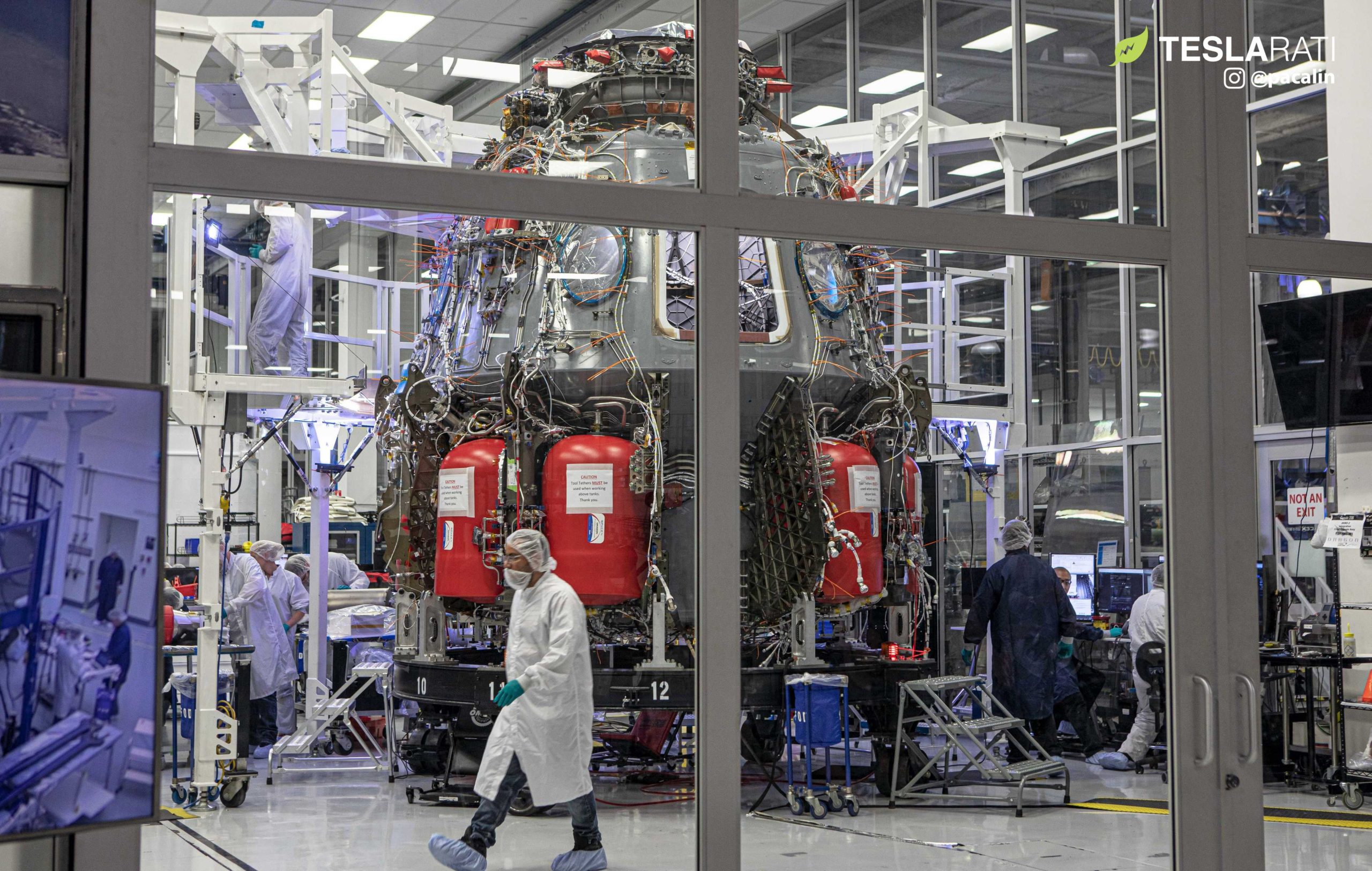
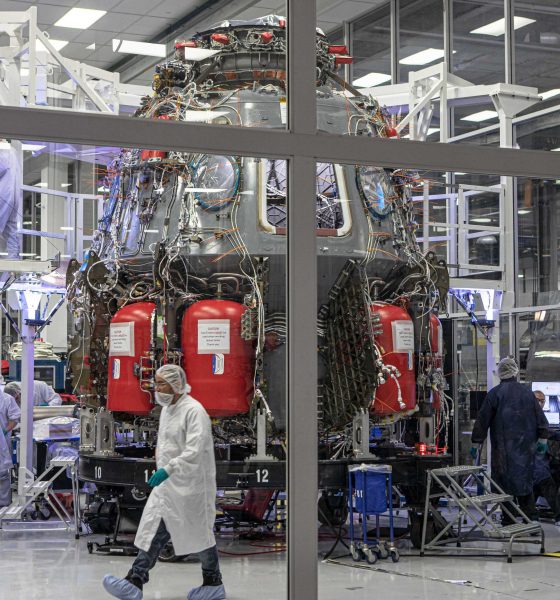
News
SpaceX’s Crew Dragon explosion response praised by NASA in new briefing
During a recent NASA council meeting, SpaceX’s response to a Crew Dragon capsule’s April 20th explosion was repeatedly praised by the agency’s senior Commercial Crew Program (CCP) manager, her optimism clearly rekindled after several undeniably challenging months.
On October 29th and 30th, NASA held its second 2019 Advisory Council (NAC) meeting, comprised of a number of (more or less) independent advisors who convene to receive NASA updates and provide a sort of third-party opinion on the agency’s programs. Alongside NASA’s SLS rocket and Orion spacecraft, Commercial Crew continues to be a major priority for NASA and is equally prominent in NAC meetings, where program officials present updates.
On October 30th, CCP manager Kathy Lueders presented one such update on the progress being made by Commercial Crew providers Boeing and SpaceX, both of which are just weeks away from multiple crucial tests. Boeing is scheduled to perform a pad abort test of its Starliner spacecraft as early as November 4th, while SpaceX is targeting a static fire of a Crew Dragon capsule on November 6th. If that test fire is successful, the same capsule could be ready to support SpaceX’s In-Flight Abort (IFA) test in early-December, and Boeing’s Starliner could attempt its orbital launch debut (OFT) no earlier than (NET) December 17th.
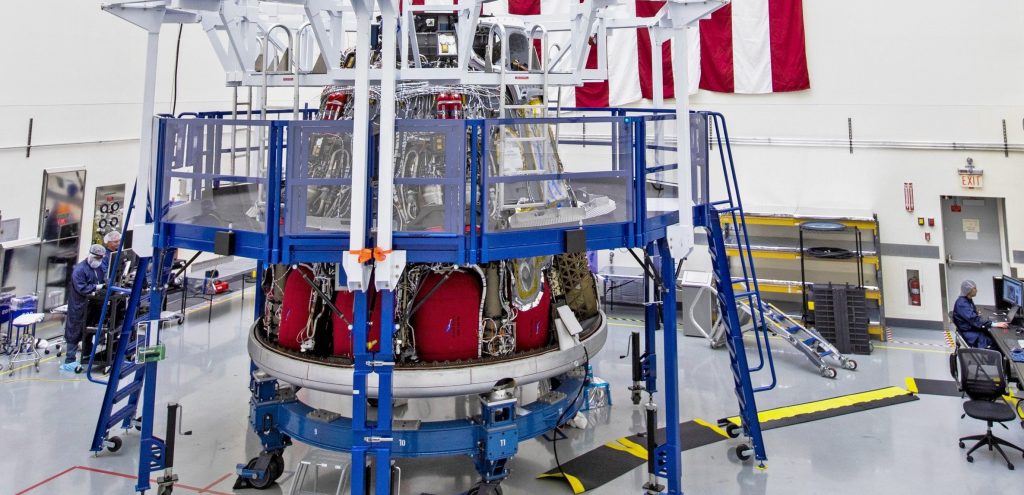
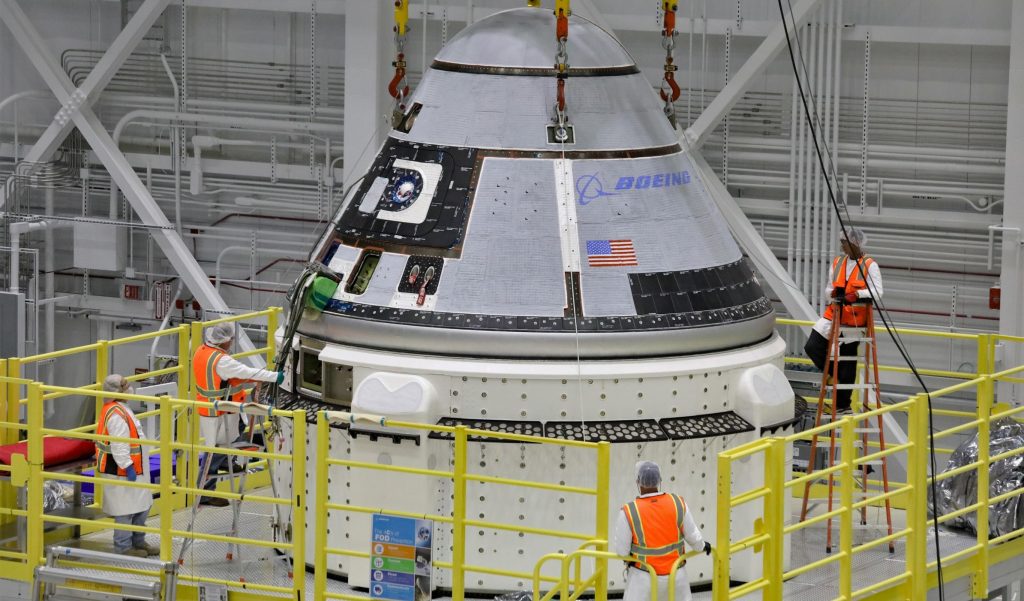
For both SpaceX and Boeing, the results of their respective In-Flight Abort and Orbital Flight Test will determine just how soon NASA will certify each company to attempt their first commercial launches with astronauts aboard. If Boeing’s Pad Abort goes perfectly and Starliner’s NET December 17th OFT is also a total success, the company could be ready for its Crewed Flight Test (CFT) anywhere from 3-6+ months after (March-June 2020).
If SpaceX’s IFA test goes perfectly next month, Crew Dragon’s Demo-2 astronaut launch could occur as early as February or March 2020. In April 2019, SpaceX suffered a major setback when flight-proven Crew Dragon capsule C201 violently exploded milliseconds before a planned abort thruster static fire test, reducing the historic spacecraft to a field of debris. Before that failure, C201 had been assigned to perform the in-flight abort test, while capsule C205 was in the late stages of assembly for Demo-2.
Had that explosion never happened and the C201 IFA gone perfectly, Demo-2 could have potentially been ready for launch as early as August or September 2019. Instead, C201’s demise forced SpaceX to change capsule assignments, reassigning C205 to support Crew Dragon’s IFA, while C206 was moved to Demo-2. Nevertheless, as both SpaceX and NASA officials have noted, C201’s on-pad explosion has been viewed as a gift, for the most part, as the capsule failed in a largely controlled and highly-instrumented environment.
In fact, NASA manager Kathy Lueders complimented NASA’s involvement in the anomaly resolution process and repeatedly praised SpaceX’s response to Dragon’s explosion. Although the explosion was an undesirable result, SpaceX’s relentless prioritization flight hardware testing prevented a failure from occurring in flight. Performed alongside NASA, SpaceX’s subsequent investigations and experimentation have essentially brought to light a new design constraint, the knowledge of which many space agencies and companies will likely benefit from.
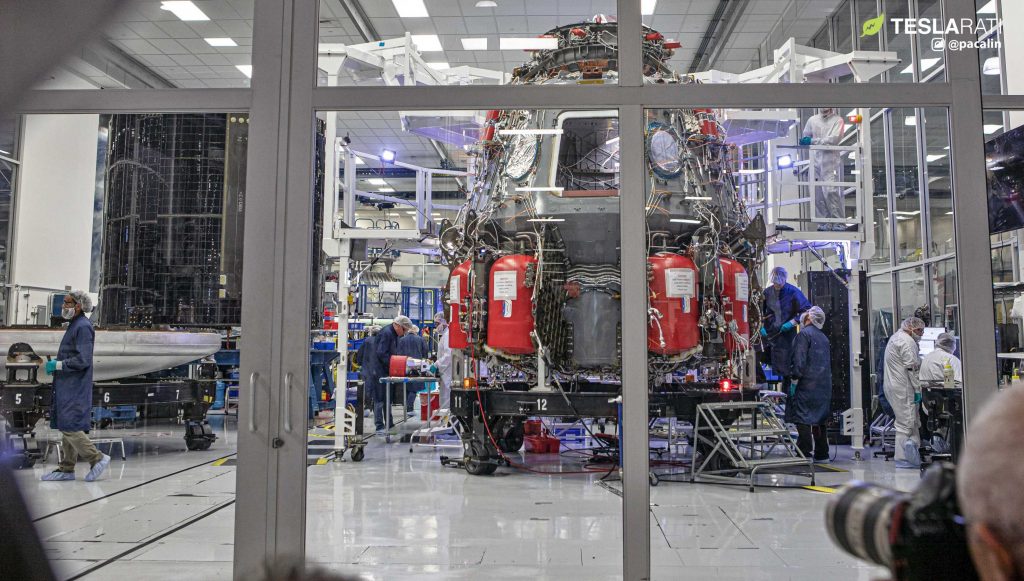
Most notably, however, Lueders detailed how impressed she was at the incredible speed with which SpaceX was able to respond to Crew Dragon’s catastrophic static fire anomaly.
“So the nice thing is that the SpaceX folks had a bunch of vehicles in flow. So even though we lost Demo-1 [capsule C201], … [SpaceX] was able to pull up what was going to be our Demo-2 vehicle, outfit it, make [necessary] changes [and upgrades] to the vehicle, and get it ready for [flight] with a six-month slip — a pretty phenomenal turnaround.“
Kathy Lueders – NASA – 10/30/19
Crew Dragon C201 exploded on April 20th, 2019. Five months and seven days later, a new Crew Dragon capsule and trunk – having undergone significant modifications as a result of the C201 explosion investigation – were delivered to SpaceX’s Florida facilities for their new role, Dragon’s In-Flight Abort test. Meanwhile, despite the upset and general instability, Crew Dragon capsule C206 – previously assigned to the flight after Demo-2 – is in the late stages of assembly and integration and is expected to ship to Florida for preflight preparations in early-December.
Altogether, those turnaround times are almost unheard of for such complex systems. For example, Boeing’s Starliner service module – generally less complex than the crew capsule – suffered a serious anomaly during a June 2018 static fire test. As a result, Boeing had to fully replace the service module with new hardware and repeat the same test before it could proceed to Starliner’s Pad Abort, at the time expected a few weeks later (Q2 2018).
Like SpaceX, Boeing was forced to cannibalize future launch hardware to re-attempt its static fire test, which was ultimately completed some 11 months after the anomaly on May 24th, 2019. The Pad Abort previously expected in mid-2018 is now expected no earlier than November 4th, 2019, a delay of 12-16 months. In simpler terms, the six or so months that Crew Dragon C201’s explosion has delayed SpaceX’s In-Flight Abort test is an undeniably “phenomenal turnaround” relative to both NASA’s expectations and SpaceX’s peers.
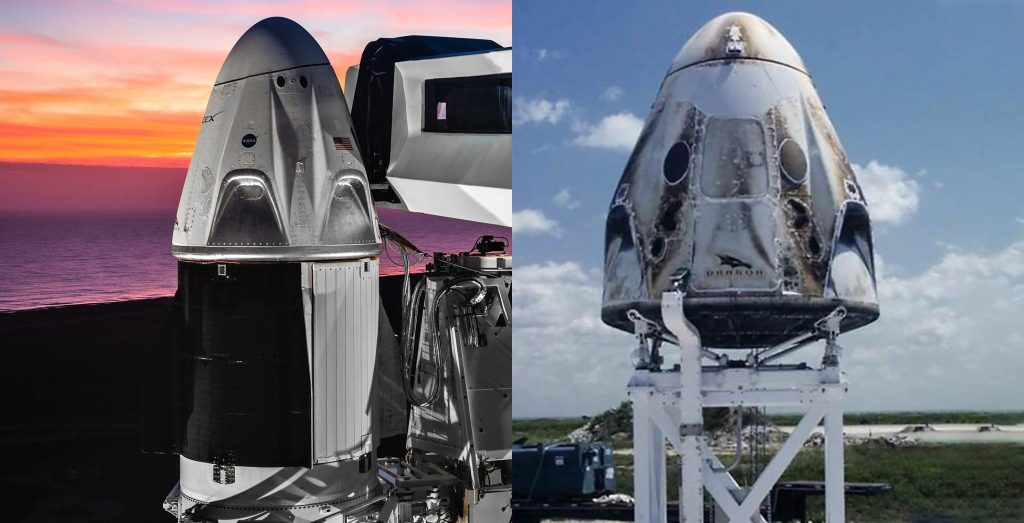
A happy partnership
The day prior, famed ex-NASA engineer and Space Shuttle program manager Wayne Hale – now serving as NAC chair – brought up SpaceX in an entirely different context, deeming the company as a whole a “sterling example” of NASA’s ability to incubate and incentivize commercial spaceflight.
Indeed, SpaceX has radically reshaped almost every aspect of the global spaceflight industry in the ten years since NASA awarded the company its first major contract, proving that orbital-class commercial rockets can be built, landed, and reused – all for far less money than NASA or competitors believed was possible.
All things considered, NASA appears to be more content than ever with the results its fruitful SpaceX partnerships are producing, and a number of senior NASA officials seem to be increasingly willing to unbridle their enthusiasm as a result.
Check out Teslarati’s Marketplace! We offer Tesla accessories, including for the Tesla Cybertruck and Tesla Model 3.

News
Tesla Insurance officially expands to new U.S. state
Tesla’s in-house Insurance program first launched back in late 2019, offering a new way to insure the vehicles that was potentially less expensive and could alleviate a lot of the issues people had with claims, as the company could assess and repair the damage itself.
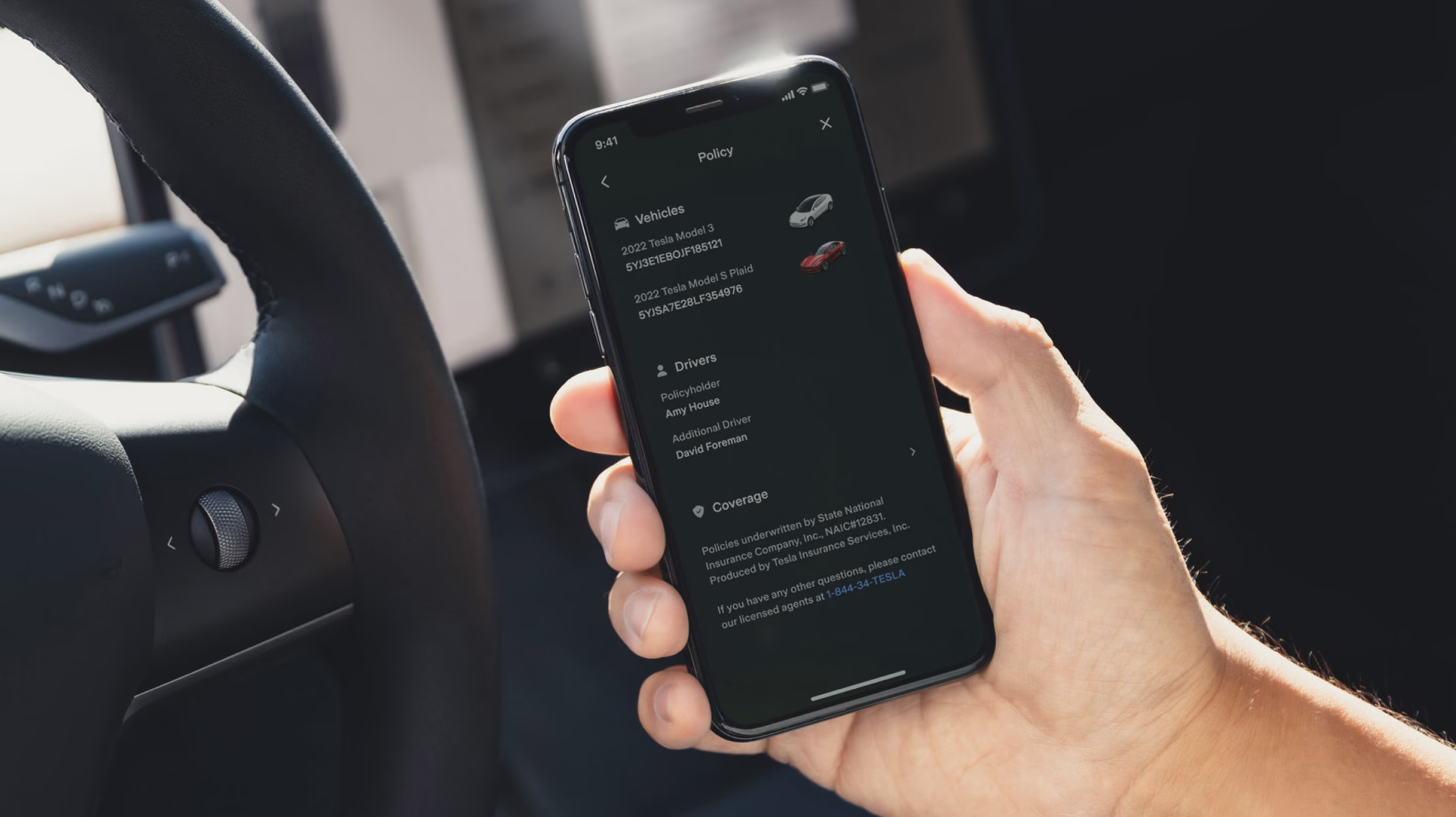
Tesla Insurance has officially expanded to a new U.S. state, its thirteenth since its launch in 2019.
Tesla has confirmed that its in-house Insurance program has officially made its way to Florida, just two months after the company filed to update its Private Passenger Auto program in the state. It had tried to offer its insurance program to drivers in the state back in 2022, but its launch did not happen.
Instead, Tesla refiled the paperwork back in mid-October, which essentially was the move toward initiating the offering this month.
BREAKING: Tesla Insurance has just officially launched in Florida.
This is the first new state to receive @Tesla Insurance in more than 3 years. In total, Tesla insurance is now available in 13 U.S. states (map in thread below of all the states).
Tesla Insurance in Florida uses… pic.twitter.com/bDwh1IV6gD
— Sawyer Merritt (@SawyerMerritt) December 17, 2025
Tesla’s in-house Insurance program first launched back in late 2019, offering a new way to insure the vehicles that was potentially less expensive and could alleviate a lot of the issues people had with claims, as the company could assess and repair the damage itself.
It has expanded to new states since 2019, but Florida presents a particularly interesting challenge for Tesla, as the company’s entry into the state is particularly noteworthy given its unique insurance landscape, characterized by high premiums due to frequent natural disasters, dense traffic, and a no-fault system.
Annual average premiums for Florida drivers hover around $4,000 per year, well above the national average. Tesla’s insurance program could disrupt this, especially for EV enthusiasts. The state’s growing EV adoption, fueled by incentives and infrastructure development, aligns perfectly with Tesla’s ecosystem.
Moreover, there are more ways to have cars repaired, and features like comprehensive coverage for battery damage and roadside assistance tailored to EVs address those common painpoints that owners have.
However, there are some challenges that still remain. Florida’s susceptibility to hurricanes raises questions about how Tesla will handle claims during disasters.
Looking ahead, Tesla’s expansion of its insurance program signals the company’s ambition to continue vertically integrating its services, including coverage of its vehicles. Reducing dependency on third-party insurers only makes things simpler for the company’s automotive division, as well as for its customers.
News
Tesla Full Self-Driving gets sparkling review from South Korean politician
“Having already ridden in an unmanned robotaxi, the novelty wasn’t as strong for me, but it drives just as well as most people do. It already feels like a completed technology, which gives me a lot to think about.”
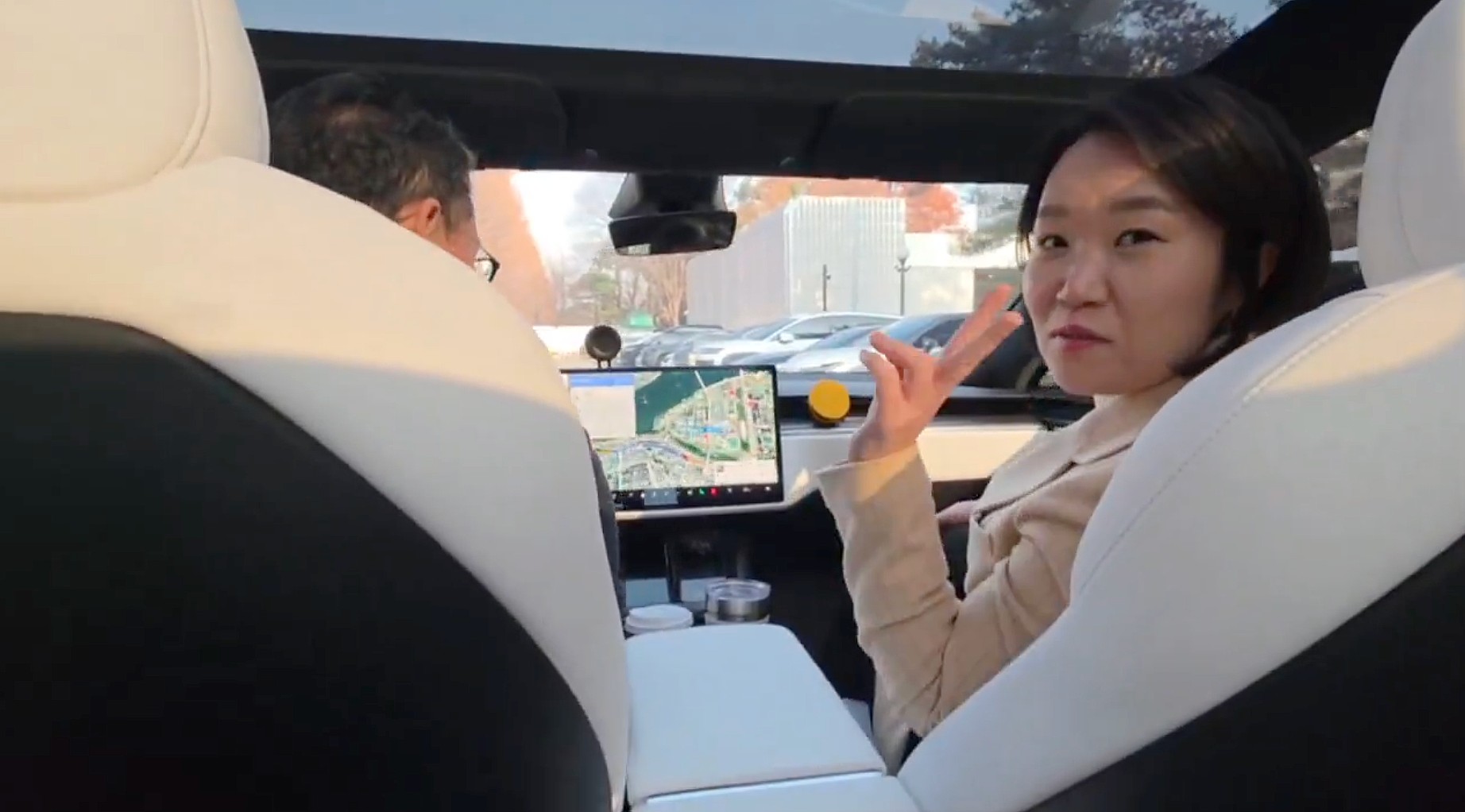
Tesla Full Self-Driving got its first sparkling review from South Korean politician Lee So-young, a member of the country’s National Assembly, earlier this week.
Lee is a member of the Strategy and Finance Committee in South Korea and is a proponent of sustainable technologies and their applications in both residential and commercial settings. For the first time, Lee was able to utilize Tesla’s Full Self-Driving technology as it launched in the country in late November.
Her thoughts on the suite were complimentary to the suite, stating that “it drives just as well as most people do,” and that “it already feels like a completed technology.”
드디어 오늘, 서울에서 테슬라 FSD 체험 했습니다.
JiDal Papa님의 모델S 협찬에 힘입어^^ 파파님 정말 감사합니다.
국회 -> 망원시장 -> 홍익대 -> 국회 복귀 코스였고요.
이미 무인 로보택시를 타봐서 그런지 신기함은
덜했지만, 웬만한 사람만큼 운전을 잘하네요.이미 완성된 기술이라고… pic.twitter.com/8pAidHBpRG
— 이소영 국회의원 (Soyoung Lee) (@im_soyounglee) December 17, 2025
Her translated post says:
“Finally, today I got to experience Tesla FSD in Seoul. Thanks to the Model S sponsored by JiDal Papa^^, I’m truly grateful to Papa. The route was from the National Assembly -> Mangwon Market -> Hongik University -> back to the National Assembly. Having already ridden in an unmanned robotaxi, the novelty wasn’t as strong for me, but it drives just as well as most people do. It already feels like a completed technology, which gives me a lot to think about. Once it actually spreads into widespread use, I feel like our daily lives are going to change a lot. Even I, with my license gathering dust in a drawer, don’t see much reason to learn to drive a manual anymore.”
Tesla Full Self-Driving officially landed in South Korea in late November, with the initial launch being one of Tesla’s most recent, v14.1.4.
It marked the seventh country in which Tesla was able to enable the driver assistance suite, following the United States, Puerto Rico, Canada, China, Mexico, Australia, and New Zealand.
It is important to see politicians and figures in power try new technologies, especially ones that are widely popular in other regions of the world and could potentially revolutionize how people travel globally.
News
Tesla dispels reports of ‘sales suspension’ in California
“This was a “consumer protection” order about the use of the term “Autopilot” in a case where not one single customer came forward to say there’s a problem.
Sales in California will continue uninterrupted.”

Tesla has dispelled reports that it is facing a thirty-day sales suspension in California after the state’s Department of Motor Vehicles (DMV) issued a penalty to the company after a judge ruled it “misled consumers about its driver-assistance technology.”
On Tuesday, Bloomberg reported that the California DMV was planning to adopt the penalty but decided to put it on ice for ninety days, giving Tesla an opportunity to “come into compliance.”
Tesla enters interesting situation with Full Self-Driving in California
Tesla responded to the report on Tuesday evening, after it came out, stating that this was a “consumer protection” order that was brought up over its use of the term “Autopilot.”
The company said “not one single customer came forward to say there’s a problem,” yet a judge and the DMV determined it was, so they want to apply the penalty if Tesla doesn’t oblige.
However, Tesla said that its sales operations in California “will continue uninterrupted.”
It confirmed this in an X post on Tuesday night:
This was a “consumer protection” order about the use of the term “Autopilot” in a case where not one single customer came forward to say there’s a problem.
Sales in California will continue uninterrupted.
— Tesla North America (@tesla_na) December 17, 2025
The report and the decision by the DMV and Judge involved sparked outrage from the Tesla community, who stated that it should do its best to get out of California.
One X post said California “didn’t deserve” what Tesla had done for it in terms of employment, engineering, and innovation.
Tesla has used Autopilot and Full Self-Driving for years, but it did add the term “(Supervised)” to the end of the FSD suite earlier this year, potentially aiming to protect itself from instances like this one.
This is the first primary dispute over the terminology of Full Self-Driving, but it has undergone some scrutiny at the federal level, as some government officials have claimed the suite has “deceptive” naming. Previous Transportation Secretary Pete Buttigieg was vocally critical of the use of the name “Full Self-Driving,” as well as “Autopilot.”








